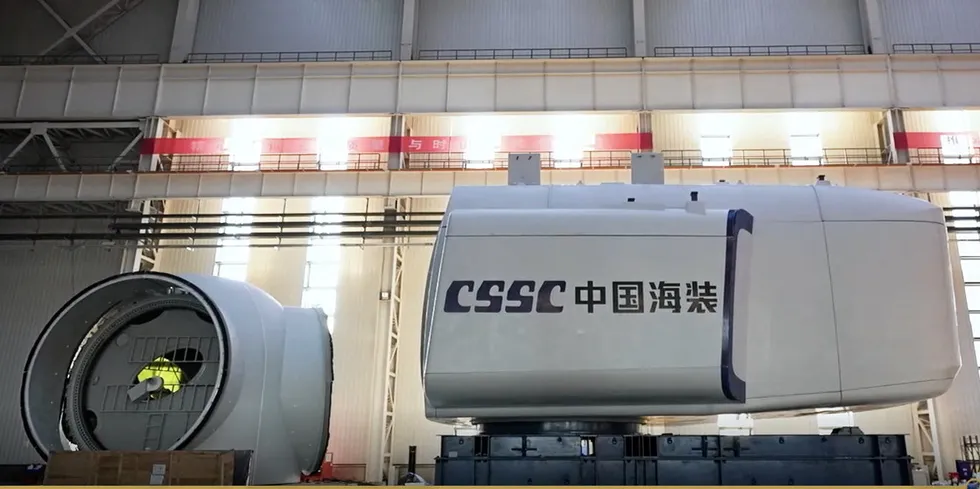'New global milestone' | China's CSSC Haizhuang rolls out world's largest wind turbine
VIDEO | Industrial manufacturing giant unveils components for 18MW offshore titan, including record-setting 128-metre-long blades, at facility in Shandong province on Yellow Sea
